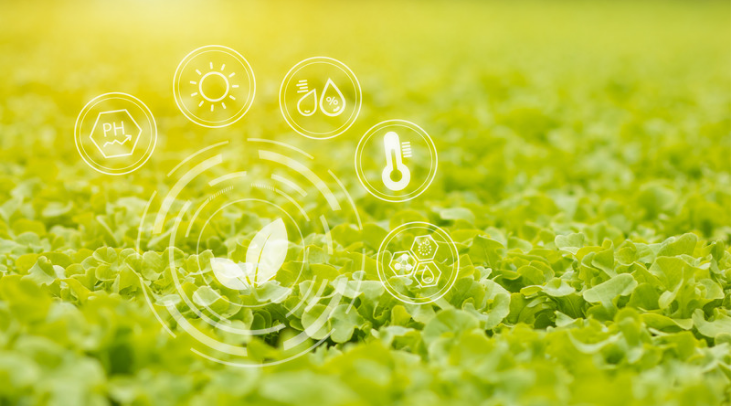When developing plants hydroponically, one of the foremost pivotal perspectives to screen is the pH level of the supplement arrangement. Not at all like soil, where pH actually vacillates and buffers supplements, hydroponic frameworks place the control totally within the grower’s hands. Keeping the pH inside an ideal extent permits plants to assimilate supplements more productively, guaranteeing solid, beneficial development. This directly clarifies why pH is crucial in hydroponics and how to preserve it for a flourishing framework.
What is pH and Why is it Imperative?
pH, or “potential hydrogen,” measures how acidic or antacid an arrangement is on a scale from to 14. In hydroponics, the pH influences the supplement dissolvability and the plant’s capacity to retain these basic supplements. For most hydroponic frameworks, a pH between 5.5 and 6.5 is perfect. On the off chance that the pH floats as well as the remote exterior this run, a few supplements become inaccessible to plants, driving to supplement insufficiencies, moderate development, and weaker plants.
Impacts of Inappropriate pH Levels
- Supplement Lockout:Tall or moo pH can avoid plants from retaining key supplements like nitrogen, phosphorus, potassium, and magnesium.
- Root Wellbeing:Extraordinary pH levels can harm root structures, reducing the plant’s capacity to require up water and supplements.
- Green growth Development:An imbalanced pH can also advance green growth within the water, which competes with plants for supplements and can hurt roots.
How to Screen pH in Hydroponic Frameworks
Routinely checking the pH of your nutrient solution is basic, because it can alter over time due to variables like water quality, plant development stages, and dissipation. Here’s a fast direct:
1. Utilize pH Test Packs or Computerized Meters:Test packs are reasonable and simple to utilize, whereas computerized meters offer tall precision and are perfect for frequent testing.
2. Calibrate Your Meter:In case employing an advanced meter, calibrate it habitually to guarantee exact readings.
3. Test Routinely:Point to check the pH every day, particularly in littler frameworks where pH can vacillate quickly.
Altering pH Levels
In case you discover the pH exterior of the ideal run, alter it utilizing pH Up or pH Down arrangements, planned particularly for hydroponics. Here are a few tips for altering pH securely:
- Make Little Alterations:Begin with a little sum of arrangement, as indeed a minor alteration can cause critical pH changes.
- Permit Time for Stabilization:After including a pH agent, hold up 15-30 minutes and after that re-test the arrangement.
- Maintain a strategic distance from Overcorrection:Be cautious of swinging the pH back and forward, which can push plants.
Tips for Keeping up Ideal pH
- Utilizes Filtered Water:Tap water regularly contains minerals that can influence pH. Refined or switched osmosis (RO) water is perfect for keeping up steady pH.
- Screen Plant Development:Distinctive development stages may require slight pH alterations. Vegetative stages may incline toward the acidic side, whereas blossoming regularly requires a marginally higher pH.
- Keep Your Framework Clean:Frequently clean the supply, pumps, and tubing to anticipate build-up and pH flimsiness.
pH Administration for Diverse Plants
Distinctive plants may have somewhat distinctive pH needs, in spite of the fact that most hydroponic vegetables flourish between 5.5 and 6.5. Here are a few particular suggestions:
- Verdant Greens (lettuce, spinach):5.5 to 6.0
- Herbs (basil, mint):5.5 to 6.5
- Fruit-bearing Plants (tomatoes, peppers):5.8 to 6.3
Checking and overseeing pH levels in hydroponic systems may require a few trial and error, but once built up, it leads to more beneficial, more beneficial plants. Keeping up the pH adjustment guarantees your crops get all the supplements they require, making hydroponic cultivating proficient and fulfilling. By contributing a small amount of time each day, you’ll optimize your hydroponic framework for victory and appreciate the benefits of clean, high-yielding creation.With this information, cultivators can feel confident in their capacity to supply perfect conditions for their plants, changing the way we develop nourishment in an economical and imaginative way.

